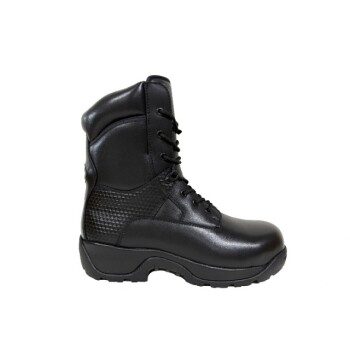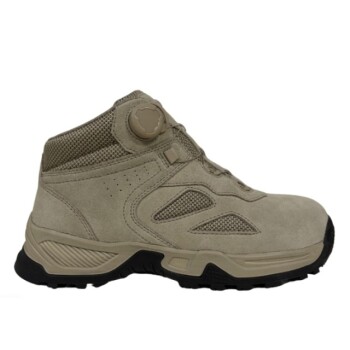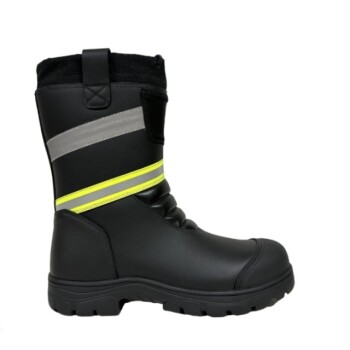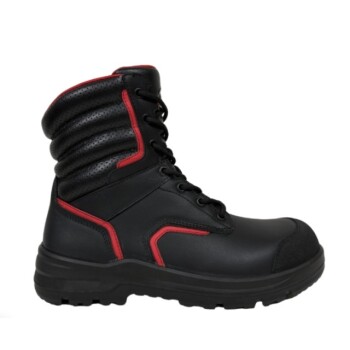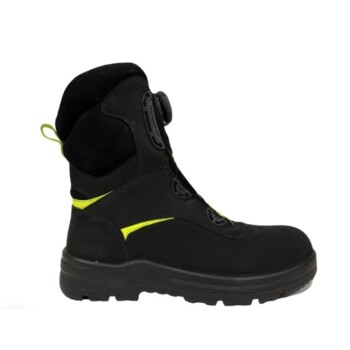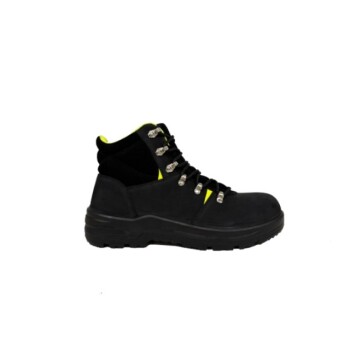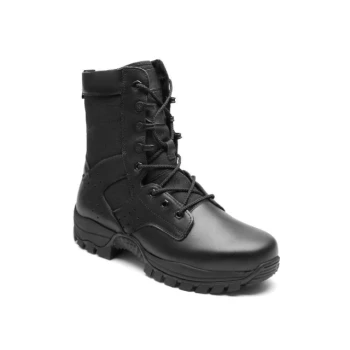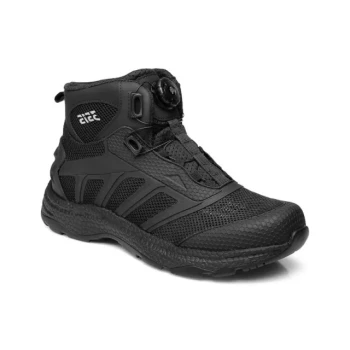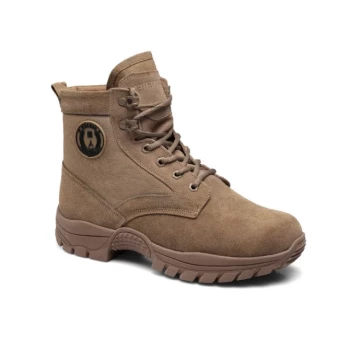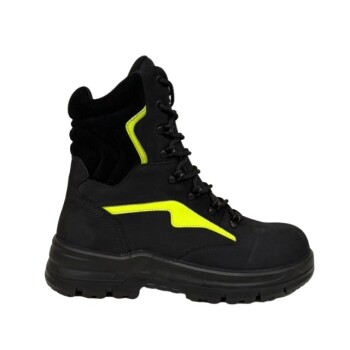Yes, boots specifically designed and marketed as "snake proof" are highly effective. Unlike standard work or hunting boots that may offer incidental protection, true snake boots are constructed with materials and designs tested to prevent fang penetration. They are a critical piece of safety equipment when navigating environments where venomous snakes are a known risk.
The core difference lies in intent. While any thick boot is better than no protection, only dedicated snake boots are engineered with the express purpose of stopping a venomous snake's fangs, providing a reliable layer of defense for your lower legs.
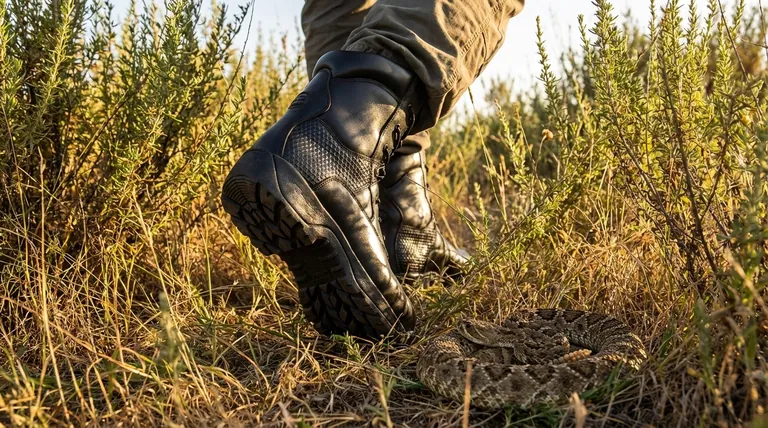
What Makes a Boot "Snake Proof"?
To understand their effectiveness, you must first understand their specific design principles. A snake boot is not simply a tall, thick boot; it is an engineered piece of protective gear.
The Critical Role of Material
True snake boots use a combination of tough outer materials like leather or durable nylon, often layered over fang-resistant fabrics. These internal materials are designed to be too dense or tough for fangs to puncture and inject venom.
The Importance of Coverage
Most venomous snake bites in North America occur below the knee. Snake boots are designed with tall shafts that provide comprehensive coverage from the foot to the calf, protecting the most common strike zone.
Purpose-Built vs. Incidental Protection
This is the most important distinction. A standard boot's protection is a byproduct of its construction for other purposes. A snake boot's protection is its primary function, influencing every choice in its design, from material selection to the height of its shaft.
Evaluating Other Types of Boots
Many people believe their existing sturdy footwear is sufficient. While better than sneakers, these options carry significant and often misunderstood risks.
Standard Hunting or Rubber Boots
While their sturdy construction may deflect a bite from a smaller snake, they are not designed to stop the fangs of a determined pit viper. The material thickness is inconsistent and not rated for puncture resistance, making them an unreliable gamble.
Cowboy Boots
Thick leather cowboy boots offer more protection than most casual footwear. However, they are not snake-proof. The level of protection is highly variable and depends on the quality of the leather and the location of the bite. They should not be considered a substitute for dedicated snake boots.
Understanding the Limitations and Trade-offs
Even with the best equipment, awareness is key. Understanding the limitations of your gear allows you to use it more effectively.
No Absolute Guarantees
Snake boots are designed to drastically reduce risk, not eliminate it entirely. An exceptionally large snake or an unusual strike angle could theoretically pose a threat, though a successful bite through a quality boot is extremely rare.
Beyond the Boot
Snake boots only protect the lower legs. They do not replace situational awareness. Always watch where you step and place your hands, and never intentionally handle a venomous snake.
Comfort and Cost
Specialized gear comes with trade-offs. Snake boots are typically heavier, stiffer, and less breathable than standard boots. They also represent a greater financial investment, which should be weighed against the level of risk in your specific environment.
Making the Right Choice for Your Safety
Your choice of footwear should directly correspond to your environment and activity.
- If your primary focus is hiking on well-maintained trails: Sturdy, over-the-ankle leather hiking boots offer a reasonable degree of protection from incidental encounters.
- If your primary focus is hunting, surveying, or working in dense brush or tall grass: Investing in a pair of dedicated, purpose-built snake boots is the most reliable way to ensure your safety.
- If your primary focus is maximum protection in high-risk habitats: Select a knee-high snake boot from a reputable manufacturer and pair it with cautious behavior in the field.
Ultimately, selecting the right footwear is about matching your level of protection to the level of risk you face.
Summary Table:
| Boot Type | Protection Level | Best Use Case |
|---|---|---|
| Snake Boots | High (Purpose-built) | Hunting, surveying, high-risk brush areas |
| Standard Hunting Boots | Low to Moderate (Incidental) | Hiking on maintained trails |
| Cowboy Boots | Variable/Moderate | General outdoor use, low-risk areas |
Need Reliable Footwear for Your Team or Brand?
As a large-scale manufacturer, 3515 produces a comprehensive range of safety and outdoor footwear for distributors, brand owners, and bulk clients. Our production capabilities encompass all types of protective boots, including designs for high-risk environments.
We can help you:
- Source durable, purpose-built footwear for your customers.
- Develop custom boot designs tailored to specific safety needs.
- Fulfill large-volume orders with consistent quality.
Protect your customers with gear they can trust. Let's discuss your footwear needs today.
Visual Guide
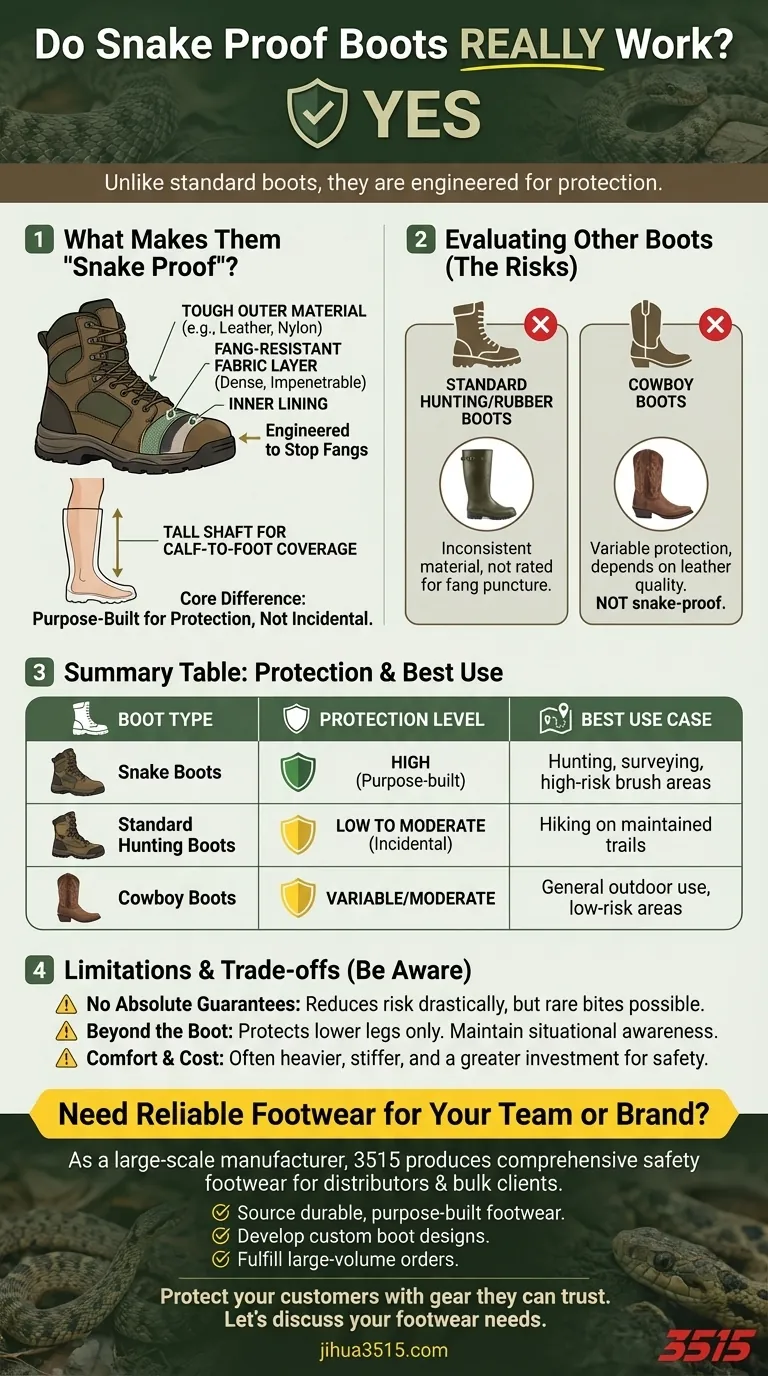
Related Products
- Premium Grain Leather Safety Boots for Bulk Supply
- Custom Wholesale Leather Safety Boots Direct Factory Manufacturing
- Customizable Anti-Smash Safety Boots for Wholesale & Private Label Manufacturing
- Premium Wholesale Wheat Nubuck Safety Boot with Rapid Lacing System
- High Performance Fire-Retardant Waterproof Safety Boots
People Also Ask
- Is there a downside to steel toe boots? Weighing Protection Against Daily Comfort
- What boots do they wear on oil rigs? Essential Safety Footwear for Harsh Conditions
- What is a safety-toe in a boot? Your Guide to Choosing the Right Protection
- What does OSHA say about steel toe boots? A Guide to Compliant Footwear
- Is safety toe better than steel toe? A Guide to Choosing the Right Protection
